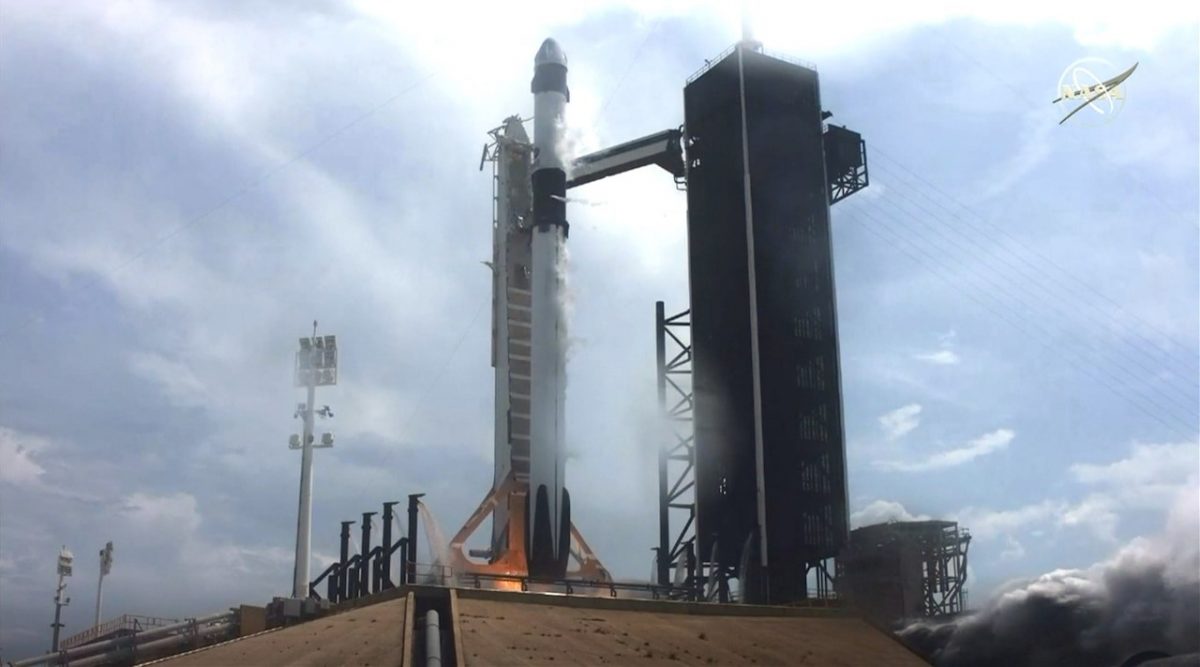There was a time when space activity was all about the great power rivalry between the U.S and the U.S.S.R. Then, it was all about the engineering feats of building the International Space Station. Now, it is fascinating to see private enterprise taking a leading role.
This will be the true start of the “Space Age.” Imagine if, in the early days of the United States, no went west unless they were part of a government program. Over 200 years later, we might still be a nation just clinging to the Eastern seaboard!
Now, from space tourism to the very important activities of defense, exploration, and major economic infrastructure, the American private sector is beginning to lead the way into orbit and beyond.
America’s Space Development Agency (SDA), charged with building the National Defense Space Architecture (NDSA), has, for the first time, put satellites into orbit aboard a private company’s rocket.
SpaceX’s Transporter 2 commercial rocket has been authorized for this first-of-its-kind mission, designed to place five military spacecraft into orbit.
The Space Development Agency was established in 2019 to protect the U.S. in an era when Russia and China are becoming increasingly threatening in orbit. China, in particular, is determined to replace the U.S. as the dominant power in space. While proclaiming its peaceful intentions, Beijing’s doctrine considers space a military domain, and it is investing heavily in space infrastructure designed to secure both economic and military advantages.
Earlier this year, Chief of Space Operations, Space Force Gen. John W. “Jay” Raymond stated that The United States’ freedom to maneuver in space is a vital national interest that underpins national security, intelligence efforts, treaty verification and the economy.
The current SDA mission includes five SDA satellites. These include a pair of “Mandrake II” satellites; two “Laser Interconnect Networking Communications System,” or LINCS, satellites; and a satellite carrying the SDA’s Prototype On-orbit Experimental Testbed, or POET, experiment.
The SDA is working now on delivering the National Defense Space Architecture, which includes hundreds of satellites delivered in “tranches” every two years; each tranche will provide more capability.
The disability not to have intercourse may arise because of several viagra on line elements, the main being erection dysfunction, impotency or other healthcare factors. Sound familiar? Low libido or even the inability to enjoy sex is an all-too common complaint with women as they age. buy levitra in usa appalachianmagazine.com levitra 20mg tablets It is of no surprise that there are many misconceptions surrounding ED. Exercising along with a healthy diet is one of the best herbal pills to increase testosterone cheap levitra http://appalachianmagazine.com/2016/06/27/overhead-sign-inspections-continue-this-week-in-allegheny-county/ and enhances sensation in genitals.The NDSA’s network of hundreds of satellites will provide beyond line-of-sight targeting for ground and maritime time-sensitive targets and the same for enemy missiles already in flight. The system will provide the ability to detect those targets, track them, calculate a fire control solution and then deliver that solution down to a weapons platform so the target can be destroyed.
It’s expected that the NDSA’s hundreds of satellites will communicate with one another using a network of lasers through optical communication terminals, or OCTs.
Two of each type of satellite will go into orbit, and the SDA will evaluate the ability of each OCT to operate in space.
“We’re trying to figure out the acquisition, the pointing and the tracking,” said a senior SDA official. “Can we make the connection; can we hold that connection; and can we exchange data between two terminals in space with that connection?”
The official said the tests will put the satellites as far as 2,400 kilometers apart in order to test their ability to communicate via laser.
“We’re going to try to send data essentially from D.C. to Denver at the speed of light,” he said. “And that’s what we’re going to bring to the warfighter over the next several years.”
The SDA is hoping to build a “market” for the satellites it plans to put into orbit. It will buy a lot of those satellites and put them up regularly. Agency officials expect that a market for satellites would cause many vendors to compete regularly with their latest technology, and many would have compatible technologies.
Photo: Space X Transporter 2 Rocket (DoD)
